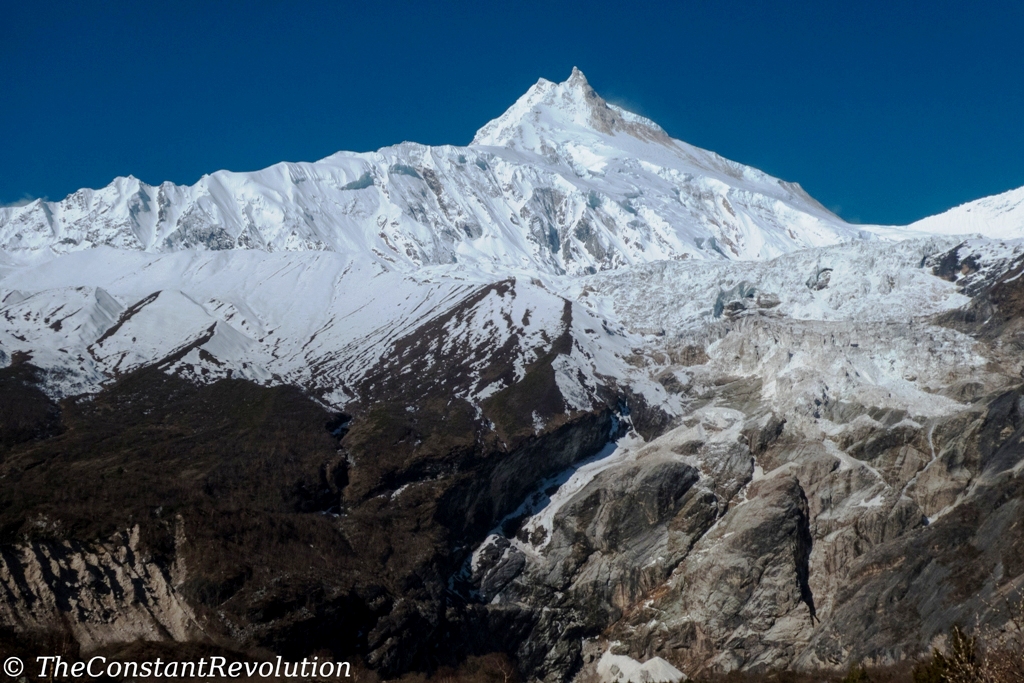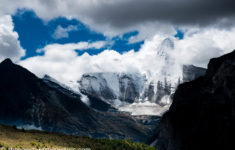Probably the number one tourist spot in the whole of South-East Asia, Siem Reap’s Angkor temples are featured in an endless number of travel websites and blogs. Therefore, I’ll keep it to the essentials here.

I finally got to see the Angkor temples, UNESCO-heritage site close to the city of Siem Reap, in North-West Cambodia. This is one of the most visited sites in the whole South-East Asia, and for good reasons! The temples live up to their reputation. Even without knowing their history or their symbolism, there is something magical and mysterious about them, and the whole, huge area where they have been built. It might well be the biggest pre-industrial city in history.
It’s as though one can still perceive the life of the grand city that once was: the temples build with stones, and the houses built with perishable materials like wood (including the one of the king), and roads, canals and connecting infrastructures, and the people walking from one place to the other, through narrow paths in the thick jungle that is in between and all around the temples. A splendid place that breaths of history and mysticism.

This was the capital of the Khmer Empire, built between the 9th and the 15th century. The temples have been at the centre of several religious movements since then, as if right in that place, no matter what you believe in, the chaos of cosmic movements created a spot where the connection between the body and the spirit, the visible and the invisible, is more present and palpable than anywhere else.
So, indigenous religious cults and a cult of personality where the king was identified with the deity have been nurtured there; and Hinduism, both Shaivanism and Vaishanavism; and Buddhism in both its main forms, the Mahayana and Theravada. It isn’t uncommon nowadays to see Buddhist monks praying, giving a blessing to tourists, or wander around the temples.

Siem Reap night-life, markets and food
However, if you are the type of traveller that looks for quietness, adventures, off the beaten destinations, and like-minded people surrounding you, then keep this a very short visit.
Siem Reap, the departure point to visit the temples, is a relatively big, developed city, and a big, noisy backpackers and tourist hub. The vibe is ok if you land in the right place, many hotels have swimming pools etc. but it is a place for partygoers, with one street above all, the Pub Street, where a bunch of people try to drag you in for a drink and that kind of annoying things.
Typical in South-East Asia, but not my bread and butter. Truth to be told there are also some nicer areas, like those around the markets, with quieter places for food in small narrow streets, and lots of cosy cafés. If you are a foodie, in Siem Reap you’ll find plenty of variety as well, and of the good quality type: Italian, French, Indian, Thai, Chinese and more.
Still, I stayed only two days, went to visit Angkor for one sunrise and one sunset and several temples, and then I gladly got out of there.

Some practical info
Getting to Siem Reap is extremely easy by plane, or by bus from anywhere in Cambodia or straight from Bangkok in Thailand. Organising transportation is also extremely easy, there are many options and every hotel, guesthouse or hostel can organise it for you. Prices are sometimes negotiable.
As for visiting the temples, another very easy thing to do. Even without your hotel or guest house organising it for you, an army of tuk-tuk drivers will ask you on the street if you want to go visit Angkor. Basically, you can hire one of them for half or the whole day. Prices are negotiable to a limited extent and range between 8 and 20 USD per person or more, depending on what you want to do, how many temples you want to see, and how many people are on the tuk-tuk.
All drivers propose one of the two main tours, simply called small and big, and they know the main spots for sunrise and sunset. So, unless you are looking for something particular, or you want to go further out in less frequented areas of the complex (which is possible), visiting the main Angkor temples is very easy. There is no need to book anything in advance!

Another way to visit is by bicycle if you can handle the heat. Inside the site, you will find food, fruit and water without any problems.
Important: buy the entrance-ticket beforehand if you are going by bicycle. The place where you buy the ticket is NOT at the entrance(s) of the site! There your ticket is only checked. Or you can tell your driver to take you at the ticket office first, in which case you need to plan to leave some time in advance, especially if you are going for sunrise. There might be a queue at the ticket office. You can get a single entrance, three days, or one week passes.







